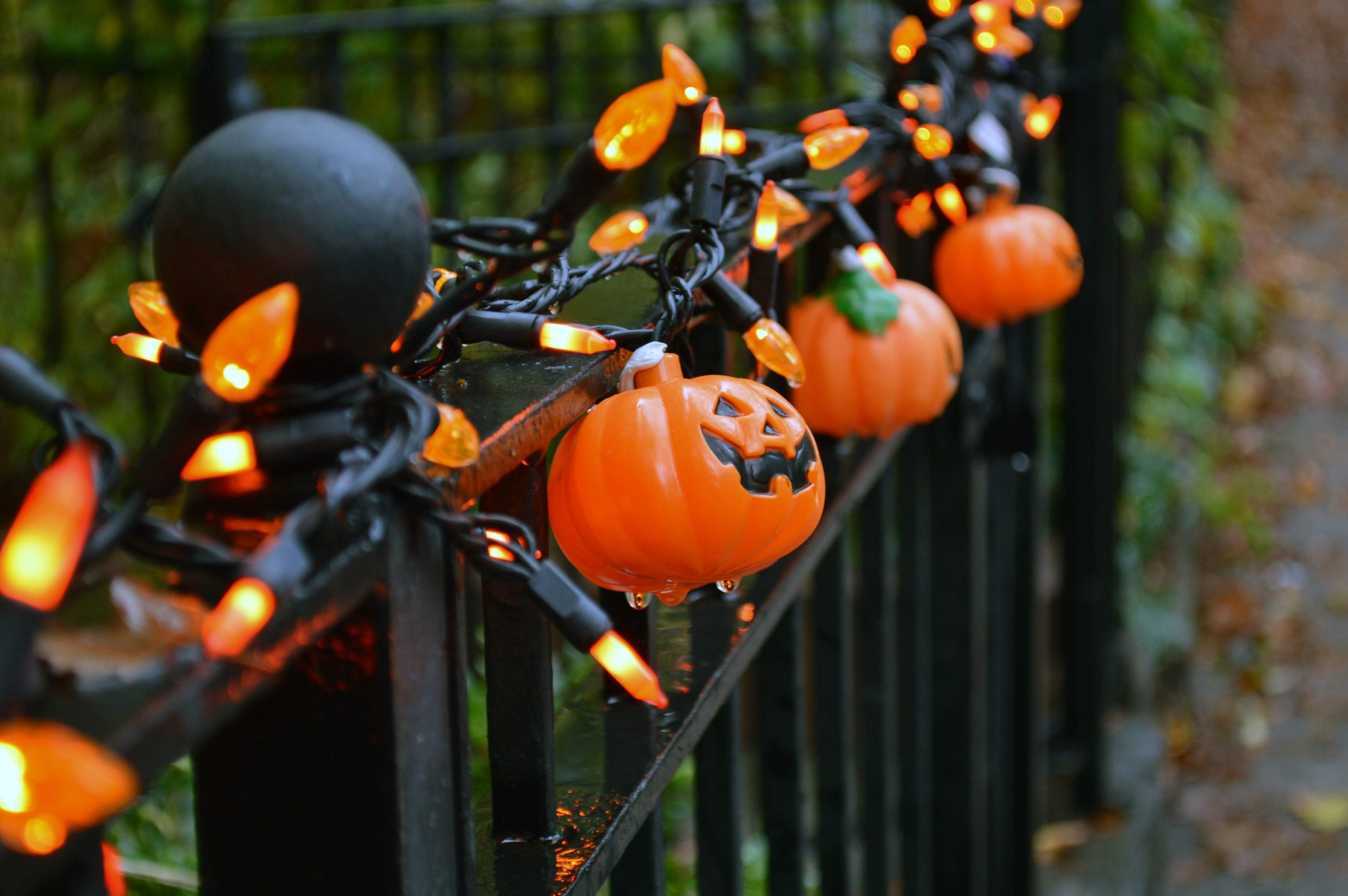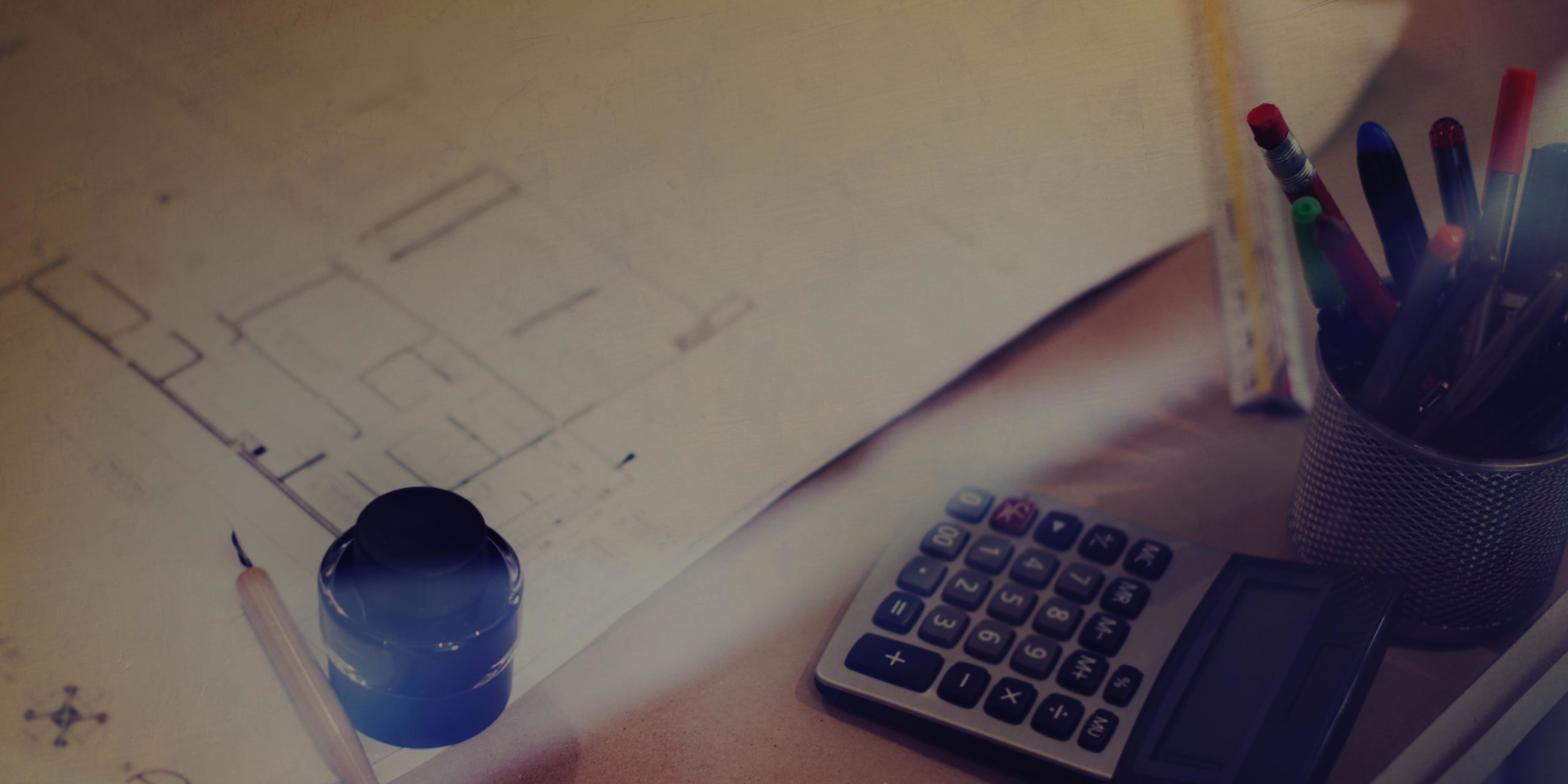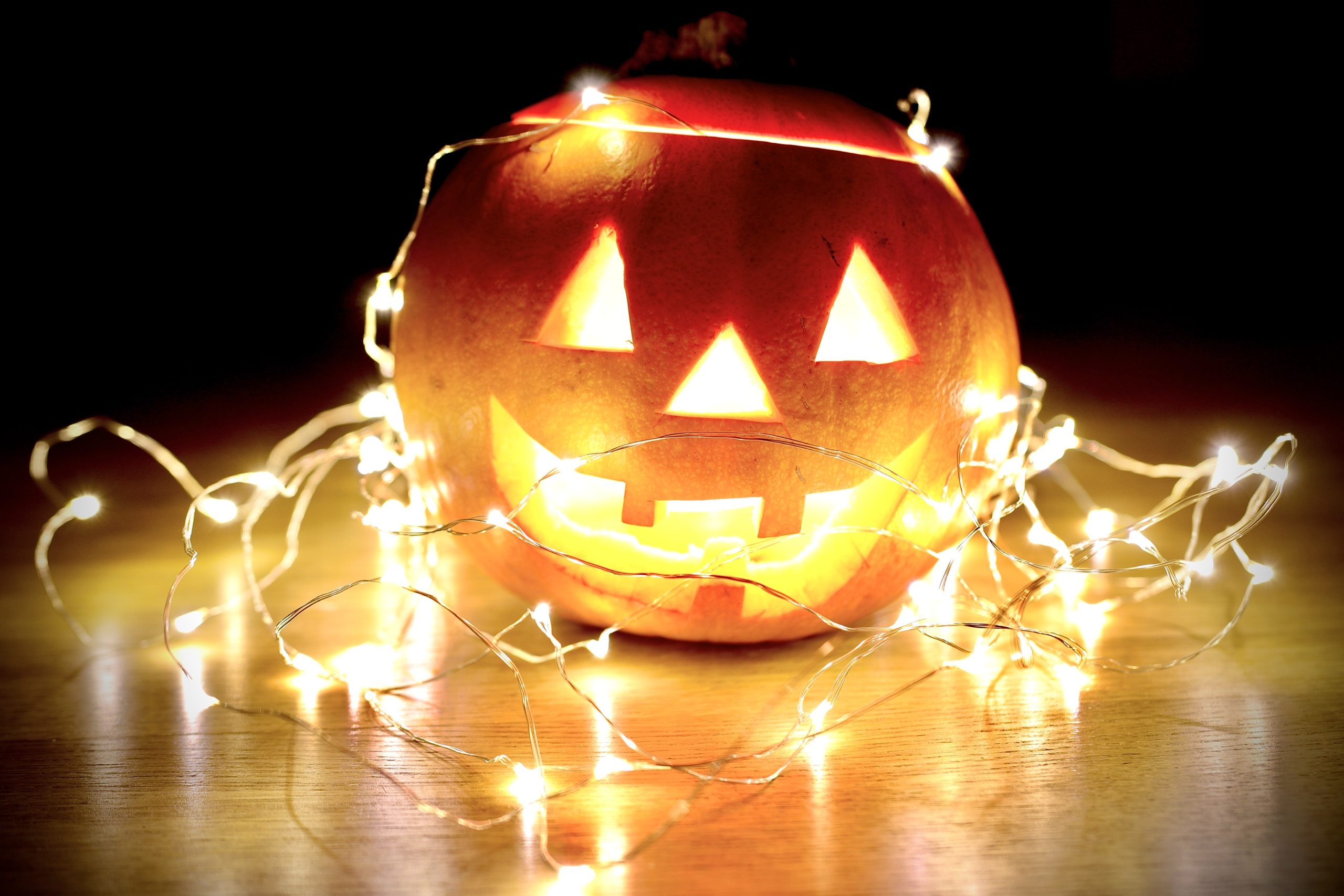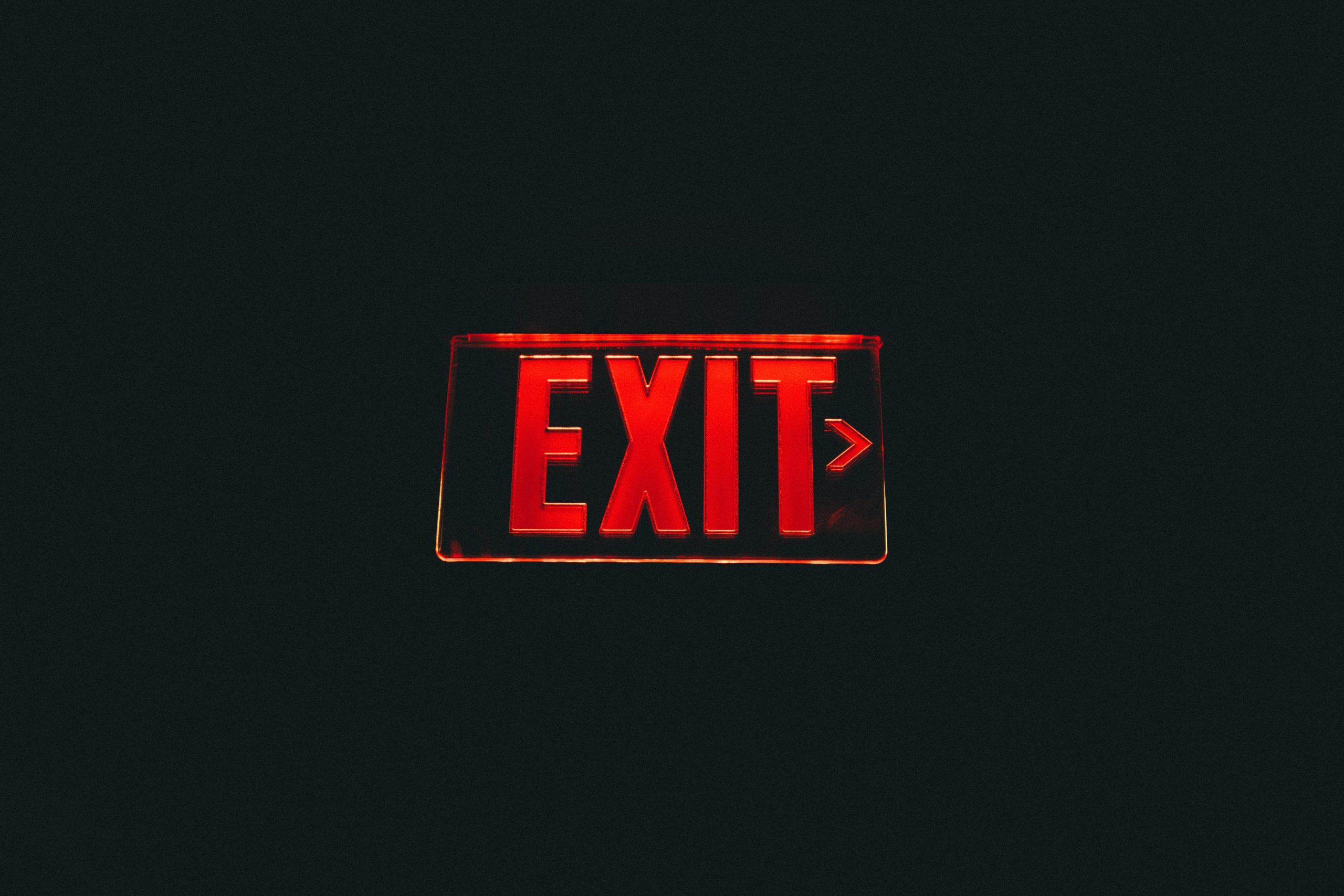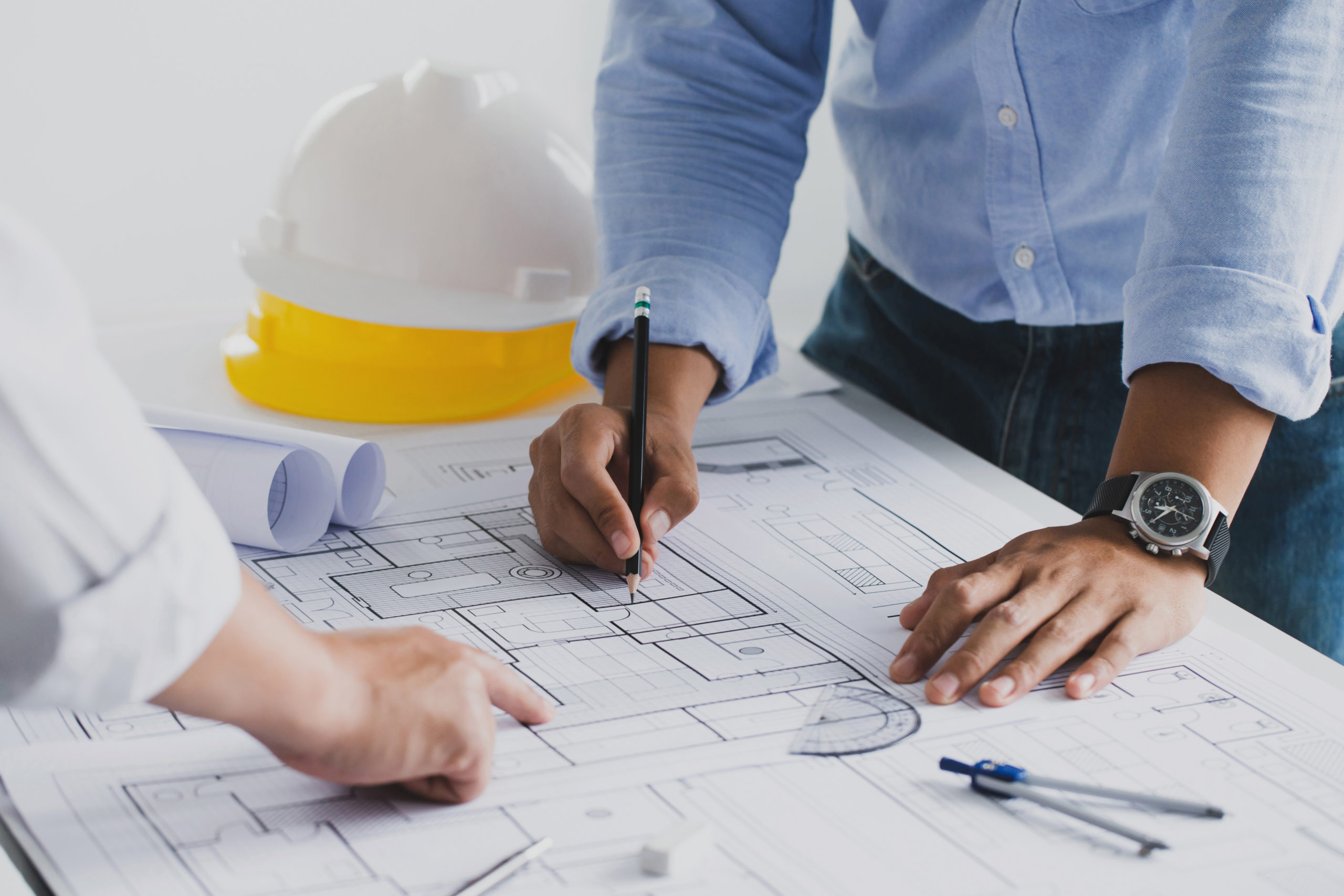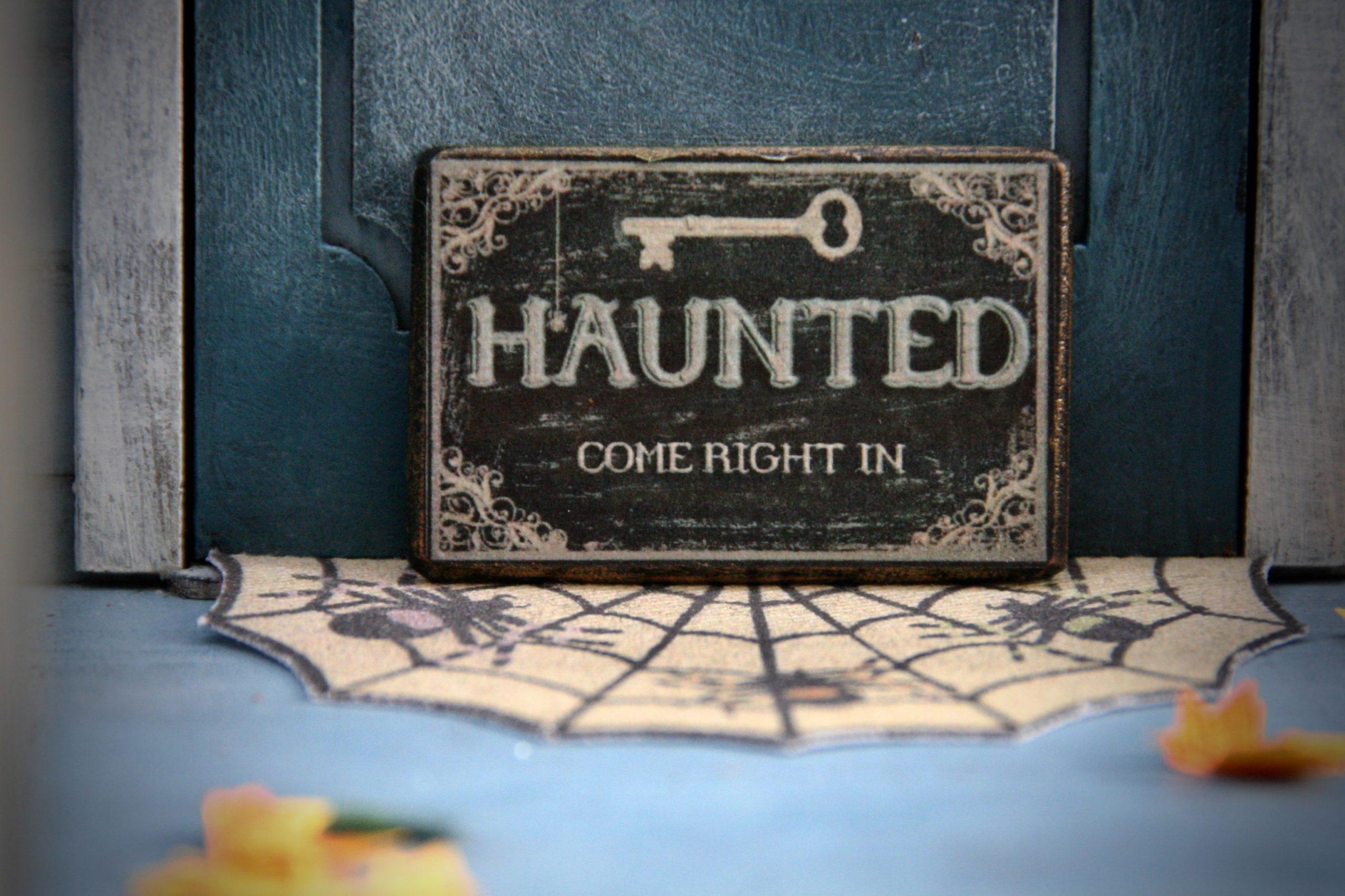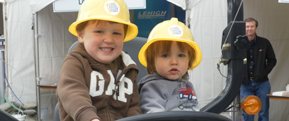Category
- General Concrete Practices
Thinking of trying your hand at haunted house construction? At this time of year, it’s probably hard not to! After all, there are plenty of fun Halloween festivities that go on throughout the month of October. And having the opportunity to help build a place that’s designed to give participants the spook of their lifetime around this month can seem like a novel way to participate.
Here at Kryton, we feel similarly. We love Halloween and construction, so we like to celebrate both.
We’re not the only ones either. In fact, the haunted house industry has been a growing one. For instance, back in 2013, it was described by an NBC News contributor as a legitimate industry mostly found in the United States of America (USA). It had increased in value to around $300 million, with 2,500 haunted attractions worldwide. Then, just a year later, the industry had spiked in value, becoming a $1 billion-a-year industry.
However, that’s only a fraction of the money that the overall population in the USA spends on Halloween as a whole. In 2019 alone, people in the USA spent $8.8 billion on Halloween shopping expenses.
All of which means that there are also some very good monetary reasons to join in on this industry. Only proving this point further, the online publication ConstructionDive noted that it can cost around $1 million to build one of the larger haunted house attractions.
Of course, with the pandemic lingering, this opportunity might not seem so appealing. However, a number of haunted houses have figured out how they can safely remain open. So there will likely still be a desire for constructing new ones and renovating older ones in the haunted house industry. To help you bid for these projects, we have this all-treat-no-trick guide for you this October on the appeal of haunted house attractions, what can make their design effective, and how to keep them safe for visitors.
See Why Others Have Fallen Under the Spell of Haunted House Construction
Let’s start by considering the appeal of haunted houses.
First, Let’s Look at the Reason Behind Their Origins
Initially, in the 1930s, haunted houses were created as a way to distract young mischief-makers around Halloween.
Before their conception, Halloween was still regarded as a relatively positive time. However, the holiday was also seen as an outlet for young men to get rid of all their pent-up energy and emotion. At the time, that meant they would go out to enjoy the revelry while also getting kicks out of stealing gates and eventually, flipping over cars, sawing off telephone poles, and doing a whole number of other misdemeanors.
Not everyone was fine with some of these later acts, and it only got worse over time. So to manage the mischief, American communities started organizing events to keep everyone busy. That’s where haunted houses came in.
They were set up in residential areas for free, and families would go from haunted house to haunted house, experiencing a variety of scary scenes. According to Smithsonian Magazine, an old 1937 party pamphlet once described how parents could dress their place up in seasonally scary attire. That included hanging up old fur, placing strips of raw liver on walls, and making moaning and howling sounds.
This newfound tradition of distraction certainly did seem to do the trick as haunted houses are still around to this day, scaring generation after generation.
Now, Consider How They’ve Changed Over the Years
After a few more decades, haunted houses transformed from a tactical distraction to full-on entertainment, starting with the creation of Disneyland’s Haunted Mansion in 1969. This new attraction was an instant success. Over 82,000 people came to visit it soon after its debut.
Unlike the appeal of previous haunted houses, however, this new form of entertainment was attractive in an entirely different way. Before, haunted houses were a way of corralling people into doing something thrilling so that there was less property damage happening on the streets during Halloween. However, with Disney’s new version, people could expect to be transported to an entirely believable supernatural world. Upon arriving, they’d see transparent-looking figures as ghosts instead of white sheets hung on a nearby tree. Instead of a person wearing a rubber mask, they’d see a witch’s realistic-looking head floating around in a crystal ball.
It was an immersive, thrilling experience, and people wanted more. So not long after, a number of both free and commercial haunted houses started to appear throughout the USA. All had the aim of providing thrills and chills at a higher level than what came before for both fun and sometimes profit.
Throughout All That Time, One Thing Never Changed
Despite the different reasons popping up for the existence of haunted houses, one thing is clear. There was something compelling to a lot of people about being frightened.
In one WBUR article, the president of two haunted house attractions, Skip Dylen, described the appeal as a “reflexive adrenaline rush, dopamine release.” Some genuinely enjoy the feeling that being scared can bring. Others are more interested in showing how they can overcome that feeling.
With that in mind, you want to create a haunted house that brings out that reaction in an immersive way. People won’t fall for ye olde hand-made stuff so easily nowadays like they did in the 1930s. So you have to get creative.
Start Your Own Project by Conjuring Up a Spine-Tingling Design
So, how do you build or renovate an effective haunted house?
You’ll Want to Consider the Scope of Things Before Getting to Work
There’s a lot of design work that goes into it. To start, you’ll first want to know the scope of your work. After all, you don’t want to create something meant to scare off adults if your client is more into entertaining families with small children.
Then, find out if you’ll be constructing an entire haunted house or just renovating one. Once you’ve clarified that aspect, look into what the theme and audience for the place is. That can help you determine the design of your work, whether it’s an all-out fright fest full of gory details for adults or a more stereotypical, but family-friendly, look for children.
All of which will inform the overall layout if you’re building a new haunted house.
Then, You Can Look into the Main Attraction (if You’re Constructing an Entire House)
For those of you going into full-on haunted house construction, here’s where the fun really begins. Your work will likely focus on the following main areas.
Coming Up with Creepy Blueprints
Whether you’re helping to come up with the blueprints of your haunted house project or someone else is, you’ll want to make sure it follows the scope that was set out previously.
To do that, you need a visual form of your project’s layout. One way to start is with a basic sketch of your design. Draw a potential entrance as well as rooms, hallways, and exits that you think would appeal to your client’s desired scope and audience.
Then, once you have your template, you can start to get more specific. That’s when you will likely want a 3D modeling program for an even more detailed idea of your layout. One particular type that might be of use is the software SketchUp, which offers free pre-designed items and layouts, including haunted house-themed ideas.
And make sure that you follow the narrative your client has for the haunted house! You can’t just create a series of rooms and hallways. They should give your client a way to tell a story to visitors for an extra haunting effect.
Turning to Unnerving Architecture
Of course, architecture goes hand in hand with blueprints. So while you’re thinking of the general layout, think about the specific design of the house too. For instance, you may want to go with an older, more Victorian design. According to a psychology professor from Knox College, Illinois, the older a house looks, the greater chance it has to make people feel uneasy. This stems from the idea that there is a greater possibility for houses that have been around longer to have had something terrible happen within their vicinity. A modern-looking house just hasn’t had the time for that same possibility. As a result, it appears less frightening.
Other forms of unnerving architecture that you could add to the mix include pathways that twist and turn frequently and rooms with an unexpected space ratio.
Why?
Well, pathways that twist quite a bit ensure that the line of sight remains relatively short. That gives your client ample ways to hide scary surprises that visitors won’t see until it’s time to scare them.
For space design, the founder of Hauntrepreneurs Themed Attraction Design & Consulting claims that “the secret to creating a scary space…is breaking all the rules…learned in school.” That might involve creating lower spaces that are really wide or spaces that are tall and thin. Both of which tend to make people uncomfortable.
You could even play with perspective, making objects seem closer or farther away by designing crooked towers or forcing a vertical perspective.
Installing Petrifying Props
To make that uncomfortable atmosphere even more chilling, your client is going to need a lot of props. Some of which your client might already have and will want you or another person on your team to install. In either case, get ready to work with or even suggest the following items:
- Black lights
- Strobe lights
- Audiovisual technology
- Floor touch pads
- Animatronics
Making Multiple Exit Points
Despite all the spookiness you’re creating, you should still have some sort of egress plan. That means designing the haunted house with multiple exit points. This allows participants to leave the area quickly in case there’s an emergency.
Don’t Forget to Ensure Your Haunted House Construction Is Up to Code
Your design work won’t get anywhere if you don’t ensure it’s up to the following safety protocols from your specific region.
That Means Sticking to Fire Code Requirements
Fire is an especially critical element to prepare for. After all, as fun as haunted houses can be to experience, they can easily become a very dangerous fire hazard. This is mainly due to a combination of two factors.
The first is that haunted houses contain a number of special effects, props, and audio and visual aspects that can disorient people. This is great for spooking visitors. But it’s less desirable when helping them escape a potential fire.
And unfortunately, that leads us to the second factor. Because haunted houses have all those disorienting objects, that means they also have more to add to a fuel load during a fire.
These aren’t unwarranted concerns either as there have been accidents before. That’s why you’re better off following your local fire code requirements, which may include some of the following guidelines:
- Install fire extinguishers, automatic sprinklers, and smoke detectors
- Ensure that when smoke detectors do go off, that they’re heard in a constantly attended area
- Illuminate exits and pause any odd sounds and visuals when sprinklers and detectors activate
- Provide both exit markings and floor proximity exit signs
- Add more directions if exit pathways are not evident
- Apply only Class A interior wall and ceiling finish materials
- Create an emergency action plan
But Don’t Forget to Mitigate Other Potential Accidents Too
Outside of fire prevention, you also need to mitigate potential accidents from physical harm, air quality issues, tripping, and slipping:
- Physical harm — Even though props and other obstacles add to a haunted house’s atmosphere, you don’t want them to actually harm visitors. So make sure any walkway obstructions aren’t blocking exits and other escape routes. And keep potential equipment needed for running animatronics and other devices out of reach from visitors.
- Air quality issues — If you’re installing fog machines or something similar, you should look for a way to filter the air. Without proper filtration in enclosed spaces, fog machines can increase the amount of carbon monoxide within the haunted house.
- Tripping — According to the Canadian Centre for Occupational Health and Safety, tripping can be caused by obstacles, poor lighting, wrinkled carpet, uncovered cables, and uneven surfaces. You can resolve most of these issues by removing walkway obstructions, using just the right amount of lighting, and keeping any carpets suitably flat on the floor. And if you plan to use concrete flooring, you can add Hard-Cem® to your concrete mix. This will protect the concrete from wear and tear, preventing its surface from becoming uneven. That way, no matter how long your haunted house is supposed to last, be it temporary or a permanent form of construction, the structure will remain safe and sturdy for any incoming visitors.
- Slipping — Similar to tripping, slipping can occur from running into obstacles like loose rugs and mats. However, it can also be caused by wet or oily surfaces. So you’ll not only want to keep any rugs secure on the floor, you’ll also want to ensure your haunted house construction stays dry. If it’s a concrete structure, you can do so by adding the Krystol Internal Membrane™ admixture to your concrete mix. That turns the concrete itself into a waterproof barrier so that no water will get through it, eliminating the possibility of leaks causing slippery puddles.
Set Everything Up for a Safe, but Spooky, Fright to Remember
Feel like you’re ready to start testing the wicked waters of haunted house construction? Just keep in mind our general guide here and seek out more region-specific answers when necessary. With that knowledge at your fingertips, you’ll be prepared to help your client stay safe and spooky.


